Summer Reading Classic Film Book Challenge: Here We Go Again!
 “The world belongs to those who read.” – Rick Holland
“The world belongs to those who read.” – Rick Holland
If this is true, the world was mine this summer, as I dove into my fifth consecutive year of participating in the Summer Reading Classic Film Book Challenge, hosted by Raquel of Out of the Past. As part of this annual event, lovers of literature are invited to read about six books related to classic movies – unlike last year, though, when I actually exceeded the targeted number, this time around, I turned the last page of my sixth book just hours before the deadline.
In addition to reading the books, the challenge requires participants to write a review of each, so here goes!
Laura (1943) by Vera Caspary
I paid less than a dollar for this pristine copy at a yard sale in Durand, Illinois, this past June. I couldn’t have been more delighted – not just because of the bargain, but because Laura (1944) is one of my favorite noirs and I’ve long wanted to read the source novel. And I wasn’t disappointed.

My book! Sixty-seven cents! Isn’t it the most?
If you’ve ever seen the film, you’ll know that it tells the tale of the title femme, who was apparently the target of a tragic murder, but turns out to be not only alive, but a prime suspect of the actual victim. In addition to the beautiful Laura, other characters include her closest friend, sharp-tongued writer Waldo Lydecker; her on-again, off-again fiancé Shelby Carpenter; her aunt, Susan Treadwell (whose name was Ann in the film); and detective Mark McPherson, who investigated her “murder.”
Overall, the book was very much like the movie, with some interesting departures. The primary difference is that Waldo in the book, was overweight – far different from the screen’s slender character, played by Clifton Webb. Speaking of Waldo, the book contained an interesting incident that was not in the film but that provided excellent insight into Waldo’s character. While visiting his favorite antique stop, Waldo spied a rare glass vase, but was told by the owner that it had already been sold. After he was met with defeat following his tenacious efforts to get the owner to change his mind, Waldo “accidentally” broke the vase into a thousand pieces. If he couldn’t have the beautiful object, no one would. It was a telling moment that was echoed at the book’s end when we learned that Waldo was actually the would-be killer of Laura.
Interestingly, the book’s point of view varied several times, between Waldo, then Mark, and finally, Laura. It was a unique and engaging way to present the material. The book grabbed my attention from the beginning – it was beautifully written and contained some really striking imagery, such as the description of the new day on the first page: “The city that Sunday morning was quiet. . . Over the island hung a fog that smelled and felt like water in which too many soda-water glasses have been washed.”
The Big Sleep (1939) by Raymond Chandler
I’ve seen the film The Big Sleep (1944) numerous times, and it lives up to its reputation as having one of the most confusing stories in the noir canon. In an effort to get a few questions answered, I’ve long wanted to read the book on which it was based.
 The book’s protagonist is detective Phillip Marlowe, who’s hired by wealthy patriarch General Sternwood, who’s being blackmailed over some gambling debts racked up by his daughter, Carmen. Marlowe gets far more than he bargained for, though, encountering a series of deaths, including a peddler of pornographic books and the Sternwood’s chauffeur, who had eyes for Carmen. He also has to contend with Carmen’s feisty older sister, Vivian.
The book’s protagonist is detective Phillip Marlowe, who’s hired by wealthy patriarch General Sternwood, who’s being blackmailed over some gambling debts racked up by his daughter, Carmen. Marlowe gets far more than he bargained for, though, encountering a series of deaths, including a peddler of pornographic books and the Sternwood’s chauffeur, who had eyes for Carmen. He also has to contend with Carmen’s feisty older sister, Vivian.
The book differed in numerous ways from the film, but the primary difference is that, in the screen version, Marlowe, played in the movie by Humphrey Bogart, and Vivian, portrayed by Bogart’s real-life wife, Lauren Bacall, wound up as a couple at the end. This definitely did not happen in the book. Another change in the film took place in a memorable scene where Marlowe stops inside a bookstore during a downpour and winds up sharing a bottle of rye with the store’s attractive employee, played by Dorothy Malone. In the book, Marlow bought some whiskey and drank it alone in his car!
The Big Sleep was practically overflowing with imaginative similes and metaphors – one of my favorites described the orchids in the greenhouse inside the Sternwood mansion: “The plants filled the place, a forest of them, with nasty meaty leaves and stalks like the newly washed fingers of dead men. Another favorite focused on General Sternwood during his first meeting with Marlowe: “The General spoke again, slowly, using his strength as carefully as an out-of-work showgirl uses her last good pair of stockings.” I’ve read some analyses of the book that complain that there are too many similes in the book, but I just loved them.
Speaking of quotes, one of the film’s best-known lines came straight from the pages of The Big Sleep: “You’re the second guy I’ve met within hours who seems to think a gat in the hand means a world by the tail.”
(Incidentally, even after reading the book, I still don’t know who killed the chauffeur!!)
Dinner at Eight (1932) by Edna Ferber and George S. Kaufmann
Dinner at Eight is one of my favorite pre-Code movies, so you can imagine my delight when I came across a copy of the play last year on eBay. I’ve only read plays as part of school assignments, though, so I never really imagined reading it – I just wanted it in my collection. But when this year’s challenge rolled around, I decided to give it a try – and I loved it!
 Witty and fascinating, Dinner at Eight centers on a dinner party being thrown by Millicent Jordan and the intertwined lives of the men and women who are invited to the gathering, including Millicent’s husband, Oliver, who is suffering from a heart ailment while dealing with the demise of his family’s shipping business; her daughter, Paula, who is having an affair with an alcoholic, has-been actor; Oliver’s doctor, Wayne Talbot, an habitual womanizer who is having an fling with one of his patients, Kitty Packard; and Kitty’s husband, Dan, who is trying to steal Oliver’s business from underneath him.
Witty and fascinating, Dinner at Eight centers on a dinner party being thrown by Millicent Jordan and the intertwined lives of the men and women who are invited to the gathering, including Millicent’s husband, Oliver, who is suffering from a heart ailment while dealing with the demise of his family’s shipping business; her daughter, Paula, who is having an affair with an alcoholic, has-been actor; Oliver’s doctor, Wayne Talbot, an habitual womanizer who is having an fling with one of his patients, Kitty Packard; and Kitty’s husband, Dan, who is trying to steal Oliver’s business from underneath him.
Because it was taken from a play, the film very closely matched its source material. One significant difference was in the characters of Dora, the maid, Gustave, the family butler, and Ricci, the chauffeur. In the film, neither Gustave nor Ricci are ever seen, and they are only referred to in one significant scene. In the play, however, the love triangle between Gustave, Ricci, and the object of their desire, Dora, gets a great deal of attention. Apparently, before we joined the action, Dora and Ricci had a bit of a fling, but she dumped him in favor of the smooth and sophisticated Gustave. Ultimately, Dora and Gustave secretly marry, Ricci attacks his rival with a knife when he learns of the nuptials, and the truth eventually emerges that Gustave already has a wife – and three children!
The Little Foxes (1939) by Lillian Hellman
I enjoyed Dinner at Eight so much that I decided to give another play a try – and because the 1941 screen version of The Little Foxes, starring Bette Davis, is yet another favorite of mine, I approached the play with great anticipation. And I wasn’t disappointed.
 The Little Foxes tells the story of the Hubbards – the savvy eldest brother, Ben; middle brother Oscar, whose family consists of his wife Birdie, a closet alcoholic and a weak-willed son, Leo; and strong-willed, ruthless Regina, wife of Horace and mother to Alexandra. The play plops us in the middle of preparations for the Hubbards to entertain William Marshall, a manufacturer from Chicago with whom the Hubbards hope to go into business.
The Little Foxes tells the story of the Hubbards – the savvy eldest brother, Ben; middle brother Oscar, whose family consists of his wife Birdie, a closet alcoholic and a weak-willed son, Leo; and strong-willed, ruthless Regina, wife of Horace and mother to Alexandra. The play plops us in the middle of preparations for the Hubbards to entertain William Marshall, a manufacturer from Chicago with whom the Hubbards hope to go into business.
The primary action in both play and book centers on the fact that Regina needs her husband’s money to participate in the planned deal with Marshall – and Horace wants no part of the scheme. The play offers a fascinating and well-drawn study of each character – Regina’s hard-hearted, mercenary nature bordering on cruelty; Birdie, so sweet and kind and pitiful, unable to forget her family’s storied past or escape her unhappy present; Alexandra, young and impressionable, who gradually matures into adulthood as she learns to see each of her family members for what they are.
There were two major differences between the film and the play – the play was confined solely to the Hubbard house, while the film expanded to include the town, the bank and even a train trip to Baltimore. The other difference is that the film included a major character, David Hewitt, who helps Alexandra with her gradual awakening and serves as her love interest. This character was completely absent from the play. Interestingly, David’s presence was neither necessary nor missed in the play. In fact, his absence made Alexandra’s transformation even more impressive.
The Essentials: 52 Must-See Movies and Why They Matter (2016) by Jeremy Arnold
 In an effort to introduce some variety into my reading choices this summer, I chose for my next selection a book I picked up at last year’s TCM Film Festival. It was also a rather sentimental choice; the foreword was written by TCM’s Robert Osborne, who passed away earlier this year. The book focuses on films deemed as “essential” viewing by the author – for each, the author provides historical information and behind-the-scenes details, along with an overview of the plot and a special section, “What to look for,” which highlights a scene from the film. Quotes about the films from Osborne are sprinkled throughout the book, along with quotes from classic film-loving celebrities including Alec Baldwin, Drew Barrymore, Carrie Fisher, and Rob Reiner. The films span six decades, from 1927 to 1984.
In an effort to introduce some variety into my reading choices this summer, I chose for my next selection a book I picked up at last year’s TCM Film Festival. It was also a rather sentimental choice; the foreword was written by TCM’s Robert Osborne, who passed away earlier this year. The book focuses on films deemed as “essential” viewing by the author – for each, the author provides historical information and behind-the-scenes details, along with an overview of the plot and a special section, “What to look for,” which highlights a scene from the film. Quotes about the films from Osborne are sprinkled throughout the book, along with quotes from classic film-loving celebrities including Alec Baldwin, Drew Barrymore, Carrie Fisher, and Rob Reiner. The films span six decades, from 1927 to 1984.
A number of my personal favorites were covered in the book, such as Grand Hotel (1932), Out of the Past (1947), and All About Eve (1950), and it was interesting to learn facts about these films that I didn’t know before – like Marie Dressler lobbied for the part of Greta Garbo’s maid In Grand Hotel, and that Bette Davis named her daughter after the character she played in All About Eve – Margot.
Even more fascinating, though, was learning about movies I’ve never seen. Take All Quiet on the Western Front (1930) for instance. The book’s description of this wartime film’s “finely drawn characters and powerhouse combat scenes,” along with the awards it won for Best picture and Best Director, made me want to see it. Other never-seen films that I’ve now put on my must-see list include Swing Time (1936) and The Bicycle Thief (1948), described by Robert Osborne as “a devastatingly good movie.”
What more recommendation do you need?
Whatever Became Of . . .? Eleventh Series (1989) by Richard Lamparski
 The final book in my challenge was one that I’ve had in my library for many, many years. I used it as a resource when I wrote my first book, but I never read about most of the performers it covered. The Whatever Became Of books were a series that covered a wide variety of personalities, beginning with the first book in the last 1960s, up to what I believe was the final book in the series, the 11th.
The final book in my challenge was one that I’ve had in my library for many, many years. I used it as a resource when I wrote my first book, but I never read about most of the performers it covered. The Whatever Became Of books were a series that covered a wide variety of personalities, beginning with the first book in the last 1960s, up to what I believe was the final book in the series, the 11th.
There were numerous personalities that I’d never heard of, like Henry Babbitt, Walter Woolf King, and Mary Murphy. Because I didn’t know who they were, though, I wasn’t terribly interested in finding out what happened to them. It was much more fascinating learning bits of trivia about the lives of actors and actresses with which I was more familiar – for instance, Alan Napier (best known as Alfred the butler in the Batman series) was six feet, five inches tall, and believed that his height prevented him from being more successful on screen. There was also a chapter on K.T. Stevens, who I first saw on The Young and the Restless in the 1970s and then years later with Joan Crawford in Harriet Craig (1950). Stevens was married for more than 20 years to Hugh Marlowe, perhaps best known as playwright Lloyd Richards in All About Eve (1950). Each chapter also features a “then” and “now” photo of the performer. (Unfortunately, of course, since the book was written almost 30 years ago, most of the subjects have passed on.)

Yvette Vickers in better times.
It was sobering to read about Yvette Vickers, who made her film debut in Sunset Boulevard (1950), as one of two girls giggling on the telephone at a party thrown by Jack Webb. Her best known film was probably The Attack of the 50 Ft. Woman (1958), where she played a “roadhouse tramp” having an affair with the husband of the giant dame of the movie’s title. She was negatively impacted, though, by a series of bad personal and professional decisions (and she also, I learned later, suffered from mental illness and alcohol abuse). The “now” picture of Vickers in the book was taken in 1987 – she’s standing in front of a graffiti-scarred men’s bathroom in a West Hollywood nightclub. The photo’s caption tells us that she’d just performed a song called “Those Leeches Are Crawling All Over Me.” (The saddest part of reading the chapter was knowing that 24 years after that picture was taken, Vickers would be found dead in her Benedict Canyon home in 2011 – her body was mummified and it was thought that she’d been dead for more than a year before she was found.)
On a lighter note, another interesting chapter was on Madge Bellamy, who was popular during the silent era and was once called “The Most Beautiful Girl in America.” When the talkies came, she was unable to sustain her career and only made a few more films, but her life off-screen was quite a bit more attention-grabbing. After a five-year relationship with a lumberman, Bellamy’s lover married another woman. A few days after the wedding, Bellamy shot him. Labeled “Pistol Packin’ Madge” in the newspapers, Bellamy was eventually given a suspended sentence and later said, “I only winged him, which is all I meant to do. Believe me, I’m a crack shot.”
Overall, this was my least favorite of my six books, but it’s still definitely worth a read to find out what happened to many of yesteryear’s stars.
And that’s it! Another summer, another six film-related books. Time to start compiling my entries for next year’s challenge!


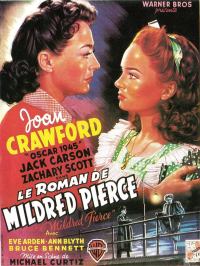




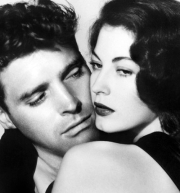




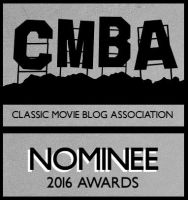





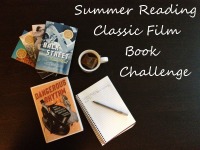


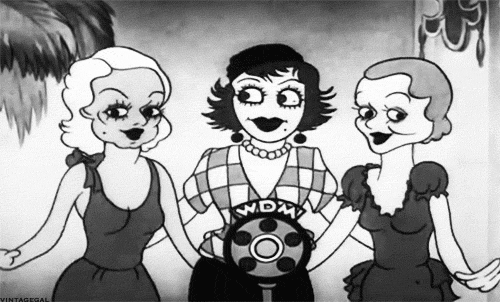
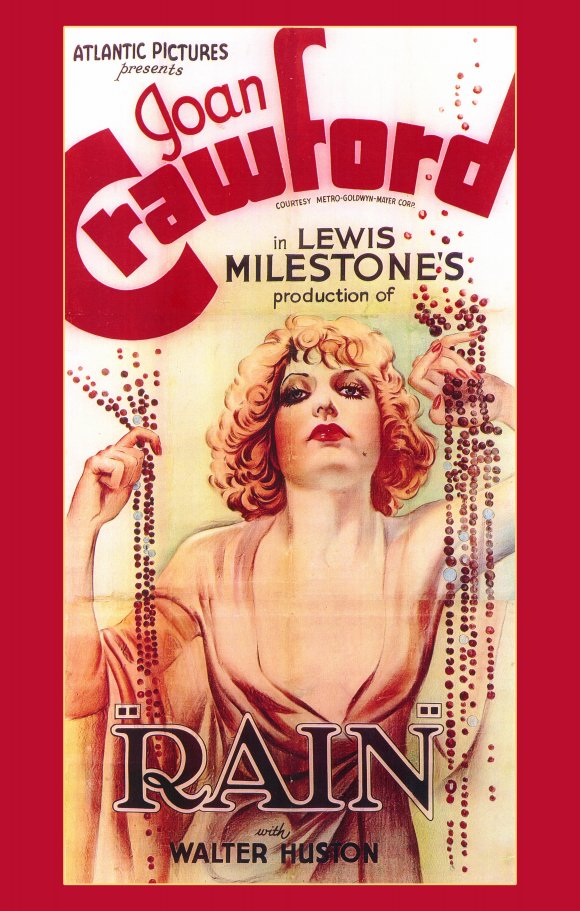

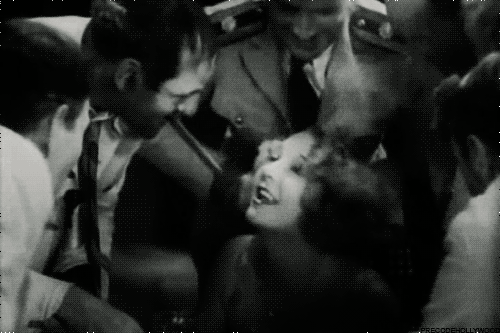
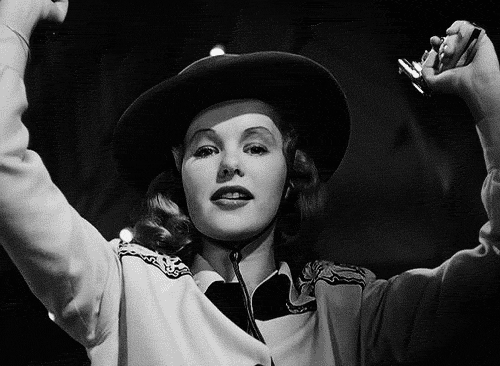

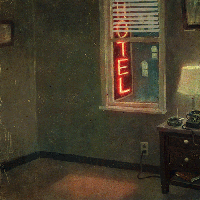
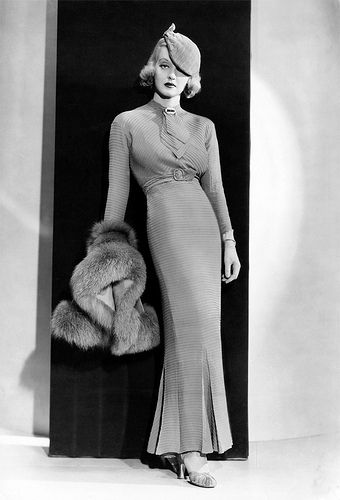


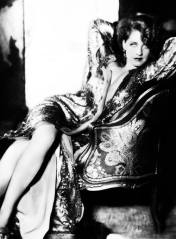
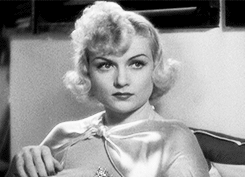




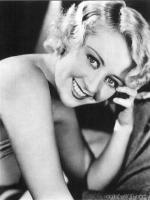
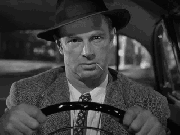
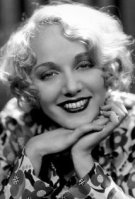
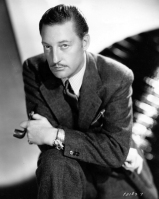
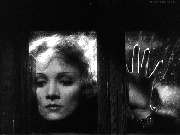


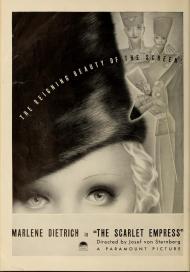
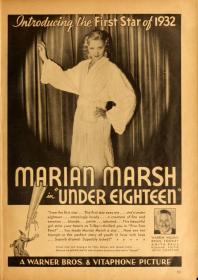
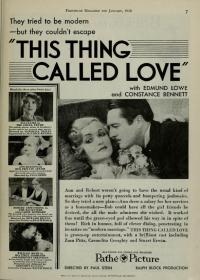


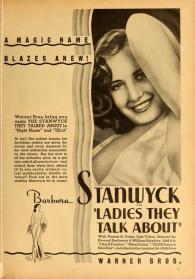


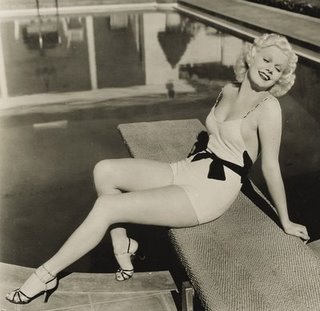




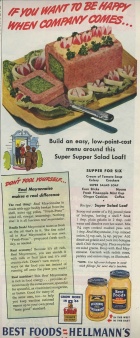
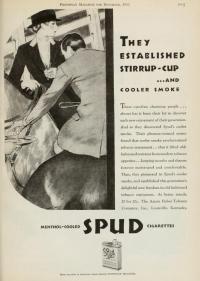

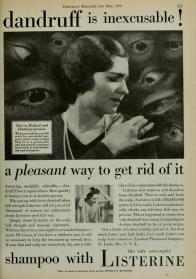
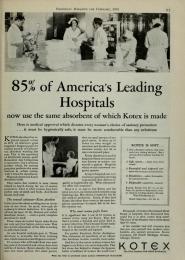
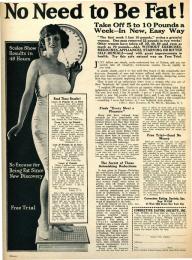


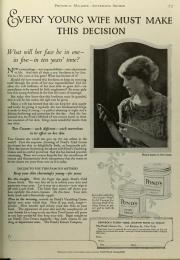
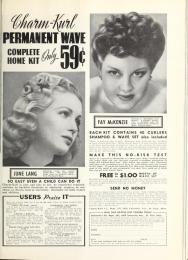
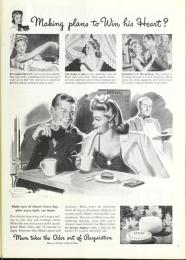


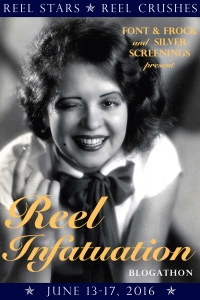

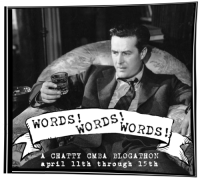

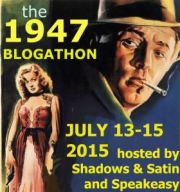
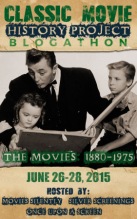

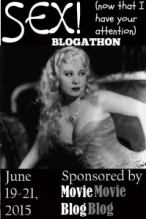
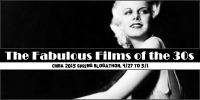
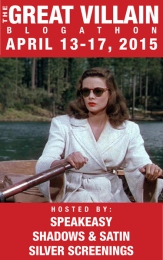

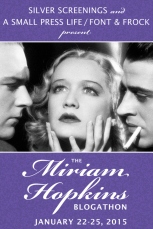
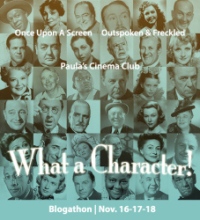
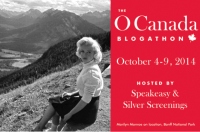



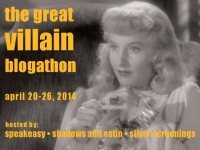
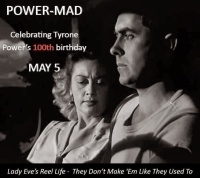


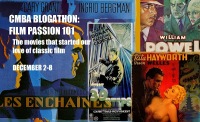
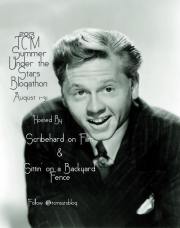
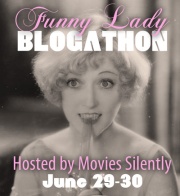


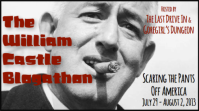

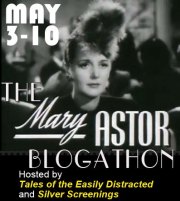


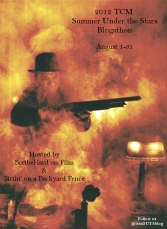


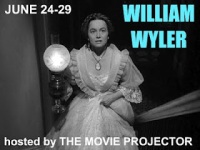

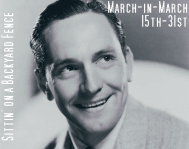
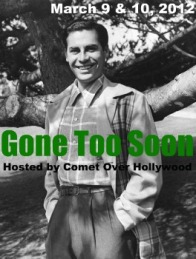


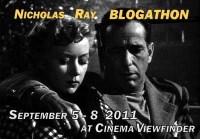

My copy of Laura was pristine once upon a time, but that time is long past.
I have read the Ferber-Kaufman plays, but not Lillian’s. You have me drooling now to get to them.
When you read The Big Sleep did you hear Bogie as Marlowe? I heard Gerald Mohr because at the time I’d been listening to him on OTR.
I never thought I would enjoy reading plays (my only experience was reading plays in school), but I thoroughly enjoyed both of these. I will definitely have to start looking for others. Are there any Ferber-Kaufman plays you would recommend?
(And, yes, I totally heard Bogie’s voice! LOL)
Great reads, Karen! I’ve only read two of these on your list: TCM Essential Films and The Big Sleep – which I LOVED. I’m curious about Whatever Became of… and I might see if I can slide it into my Amazon wish list, if it’s available.
Congrats on successfully completing the summer challenge! 🙂
Thanks so much, Ruth! It’s funny about the Whatever Became Of books — I think there are a total of 11 or 13 of them, and I have maybe 7, but there are some that seem to be impossible to find. I check Larry Edmunds’ shop every year, hoping that something will pop up there.
I look forward to this round-up of reviews every year Karen! And like you I was reading and reviewing hours before the deadline. Eek! It feels so good to finish though doesn’t it? I love your commitment to reading the original texts of our beloved classics. Laura has been on my wishlist for a while! I loved reading The Big Sleep and it helped me understand the movie so much more. And I have to get my hands on one of those Whatever Became of books! Thanks for all the great reviews!
Thanks so much for hosting another challenge, Raquel — you don’t know how much I look forward to it every year. It has become a part of my annual reading habit — I now save books especially to read between June and September, and it’s such a pleasure to know that I now actually read some of the old movie books that I love to buy (but hardly ever used to read).